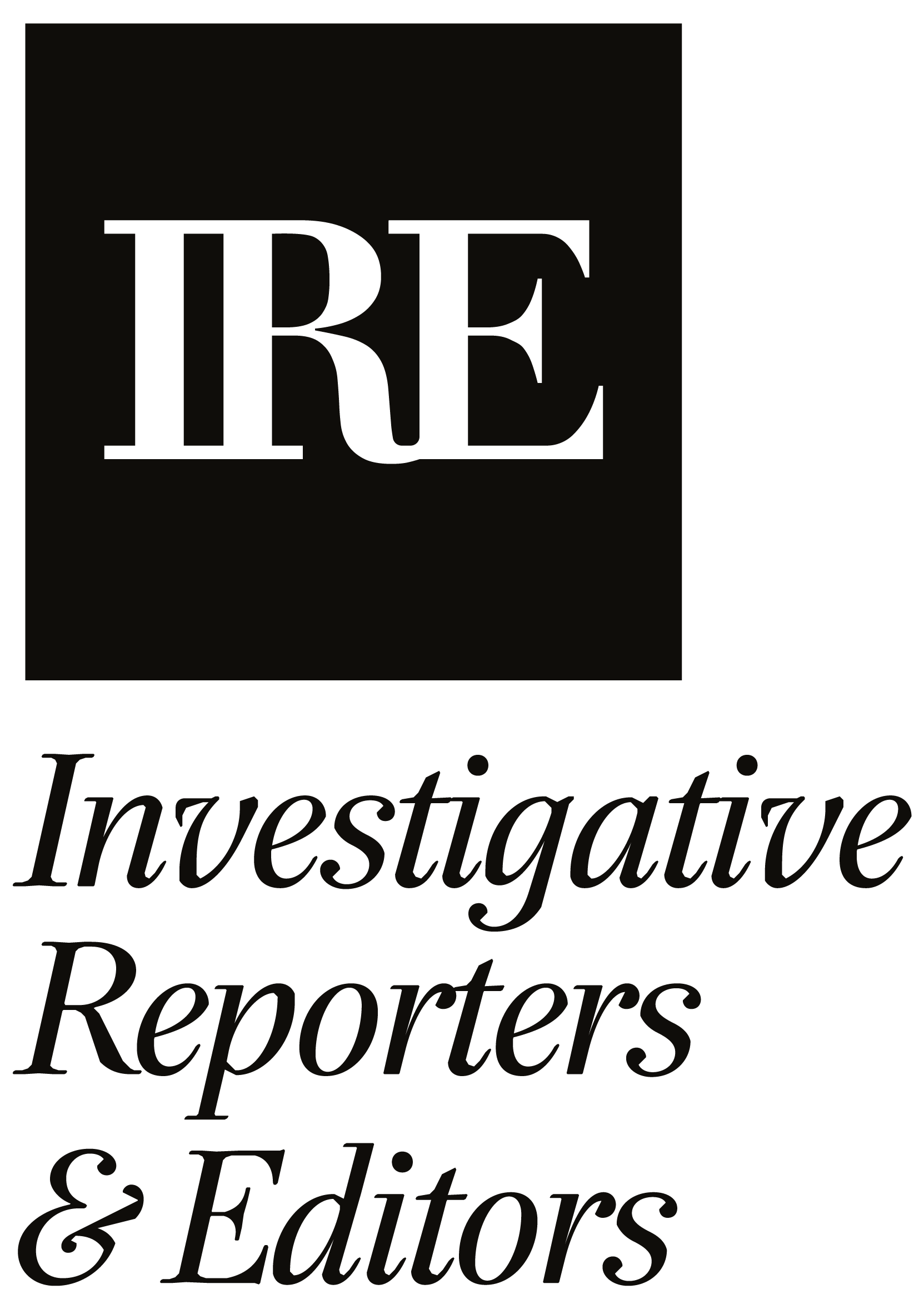If you fill out the "Forgot Password" form but don't get an email to reset your password within 5-10 minutes, please email logistics@ire.org for assistance.
By Kouichi Shirayanagi
There are a lot of photos circulating on social media. Some photos, such as the famous sharks in a flooded mall or sharks jumping at a rescue helicopter, you know are fake. But how do you verify that photos used in the press are the real deal?
Nikon award a prize in an amateur photo contest to an image that turned out to be a fake. The Ted Cruz presidential campaign manufactured a photo of Sen. Marco Rubio shaking hands with President Barack Obama to show the two were friends. The photo was a stock photo with the faces altered. The Pulitzer committee awarded a prize to an entry of a photo from Syria in which a cameraman’s video camera was edited out. The Associated Press cut all ties with the photographer.
You can detect photo alteration through duplicated pixels in a photo.
Google’s reverse image search and TinEye can answer the following questions: Has the image appeared before? When and where did it first appear? Has it been modified?
TinEye finds exact and altered copies of images, including those that have been cropped, color adjusted, resized, heavily edited or slightly rotated.
A lot of images were shared on social media immediately after the Malaysia Airlines crash in Ukraine. Photo stills from the TV show “Lost” were photoshopped with the Malaysia Airlines logo over them within minutes of the crash. These photos circulated widely as though they were real, but TinEye quickly detected the photos as fake.
EXIF metadata is information about camera make, date, etc., on JPEG images. Using the EXIF metadata, you can see where the photo was taken and do a Google Maps search to see if the background of the photo is realistic or not. A growing number of professional cameras have GPS data, and almost all camera phones include it.
To be a verified photo, an image should pass three tests:
Someone who fakes a photo that gets through all three tests is faking at a very high level. Tools such as those mentioned above are especially helpful for verifying photos that come from eyewitnesses who are the first at the scene of a news event.
Kouichi Shirayanagi is a graduate student at the Missouri School of Journalism. Last summer he worked at the business page of the St. Louis Post-Dispatch.

Looks like you haven't made a choice yet.